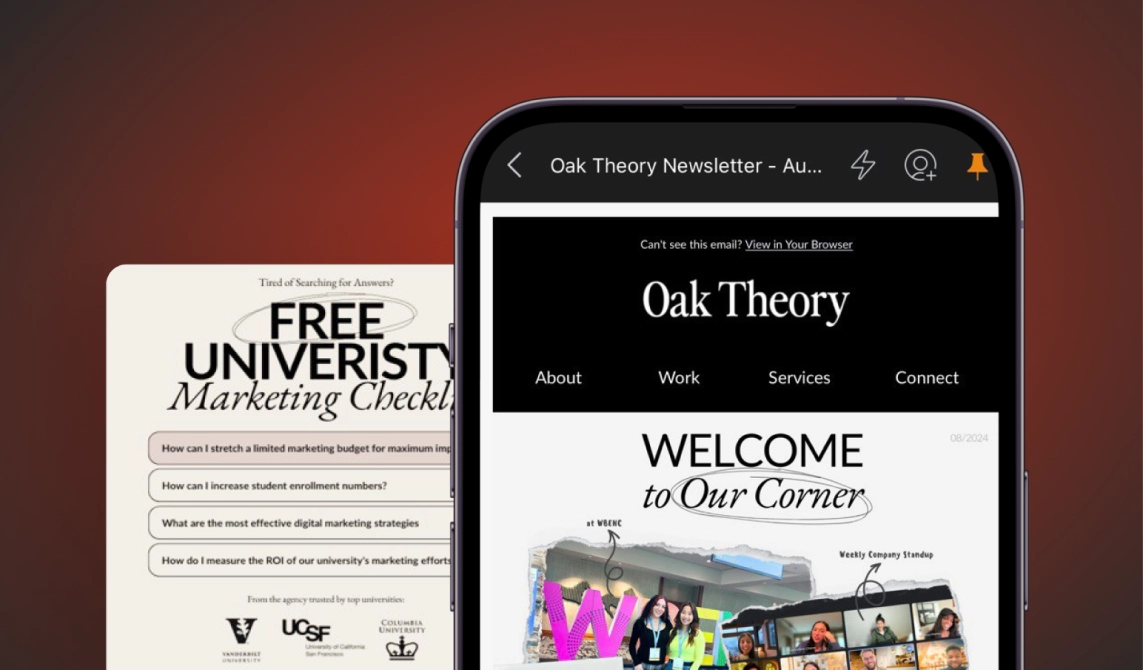Web design has undergone a remarkable transformation over the last five years. The rapid pace of technological advancements and shifting user expectations have driven the industry toward new frontiers, continuously shaping web design trends.
From the rise of AI to the growing emphasis on diversity, inclusion, and accessibility, these changes have redefined what it means to create a successful website today.
In this article, we’ll explore the key evolutions we’ve noticed as a web design agency over the past decade, where we were five years ago, and where we think we’re headed.

Image Source: https://planicsdev.com/ (circa 2019)
Wayback Machine: Where We Were 5 Years Ago
Remember when every other website had that cool, soothing image of liquid or smoke diffusing abstractly over a plain background? Ah, the simple times… Back then, web design was dominated by trends that often put aesthetics over function–and definitely over accessibility. Websites often featured flat design with minimalist layouts, focusing on clean lines and fast load times. Bold typography shouted the most important messages at you (you couldn’t throw a stick without hitting Helvetica), while bright, vivid colors made sure you couldn’t look away.
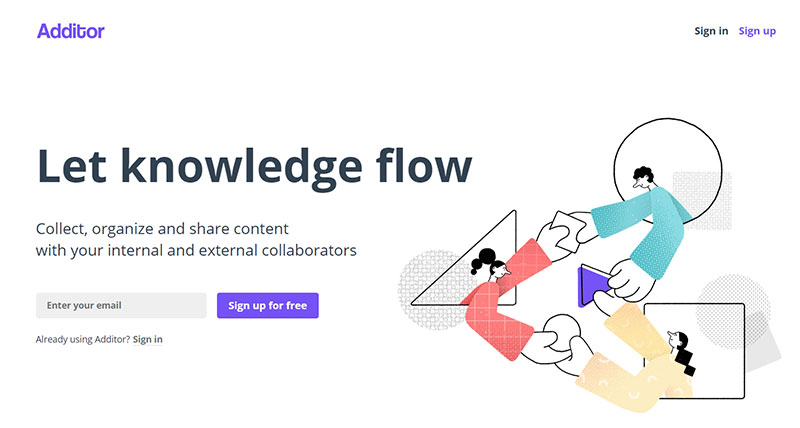
Image Source: https://additor.io/ (circa 2019)
Mobile-first design was starting to take hold, though most sites were very much desktop-first and still treated mobile optimization as an afterthought. Asymmetrical layouts were just beginning to shake things up, challenging the rigidity of the grid. Whitespace was everywhere, creating a sense of calm, while custom illustrations added a touch of personality. And who could forget the micro-interactions—those delightful little animations that made clicking a button feel just a bit more satisfying?
Interestingly, despite all these visually appealing elements and the strong focus on aesthetics, user engagement didn’t always meet expectations.
According to an aggregate of 15 studies, the average website bounce rate from 2018 to 2023 hovered around 55.43%, suggesting that even the most stylish designs didn’t always capture users’ attention as effectively as intended. (Source: BusinessDIT)
Current Web Design Trends: What 2024 Looks Like
Today’s web design trends are all about enhancing user experience and making websites more engaging, inclusive, and accessible. Some of the most significant and exciting trends include:
- Dark Mode and Micro-Interactions: While they certainly look cool, these trends are not just about aesthetics; they also improve user comfort and engagement. Dark mode reduces eye strain and battery usage, while micro-interactions create a more interactive and enjoyable user experience.

Image Source: dribbble.com/Tomasz Mazurczak
- Sustainable Web Design: As environmental concerns become more pressing, the sustainable web design trend in digital design examples is gaining traction. (Source: Good Firms) This trend involves creating websites that are energy-efficient and environmentally friendly. The focus is on reducing the digital carbon footprint through optimized images, efficient coding, and green hosting services. (Source: The Green Web Foundation)
- Diversity and Inclusion: Although we’re still in the early stages, web design is beginning to embrace diversity and inclusion. (Source: U.S. Web Design System) Websites are increasingly being designed with all users in mind, ensuring that they are accessible to people with disabilities and culturally inclusive. This trend is not only about compliance but also about creating a more equitable digital world where everyone can participate.
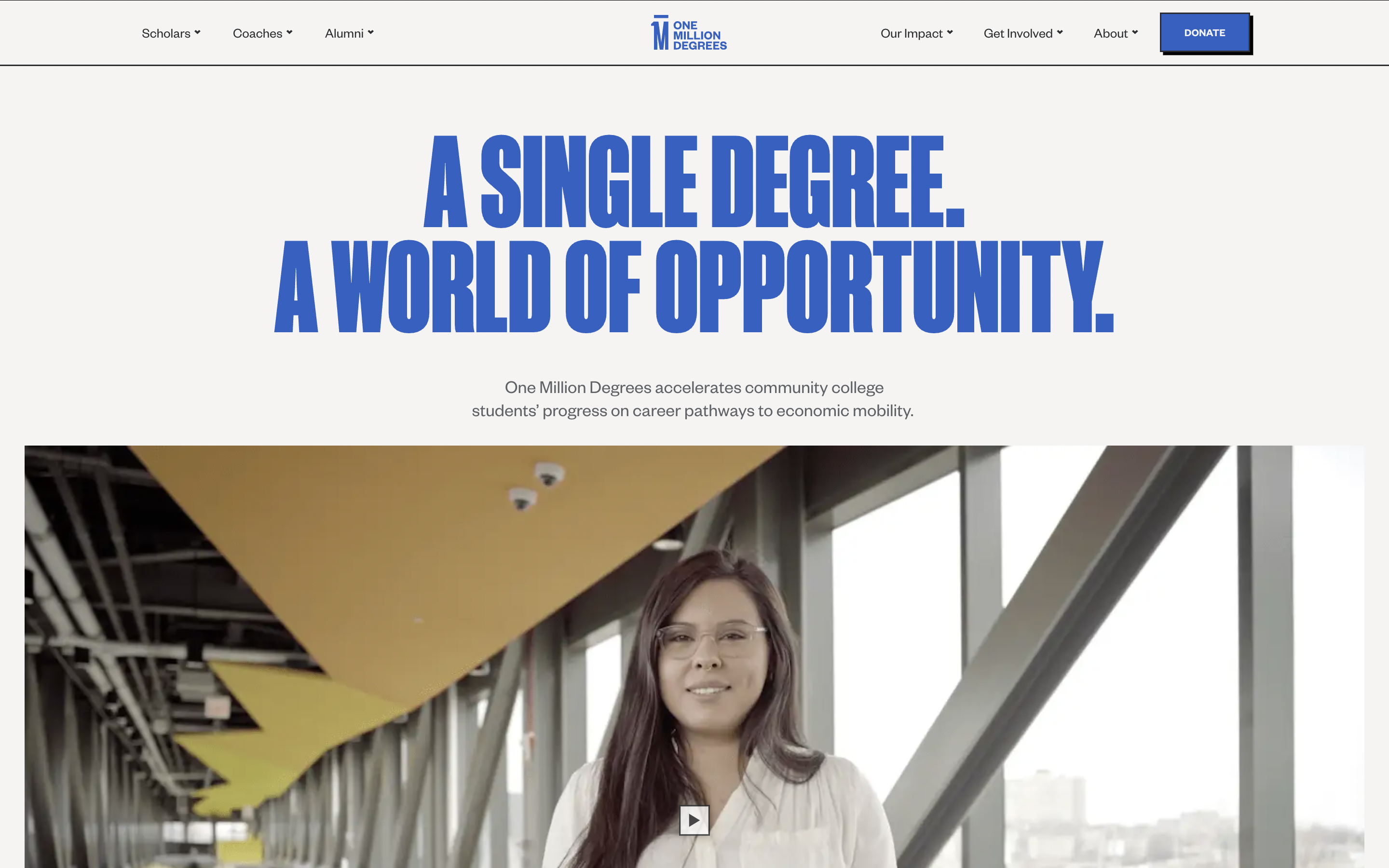
Image Source: https://onemilliondegrees.org/ (made with ♥︎ by Oak Theory)
- Accessibility: Accessibility has evolved from a buzzword to a critical component of web design. The State of Digital Accessibility Report 2023-2024 by Level Access shows that 72% of organizations have a digital accessibility policy and, what’s more, 85% see it as a competitive advantage. Designers are now prioritizing features like keyboard navigation, screen reader compatibility, and color contrast to ensure that websites are usable by everyone, regardless of their abilities.
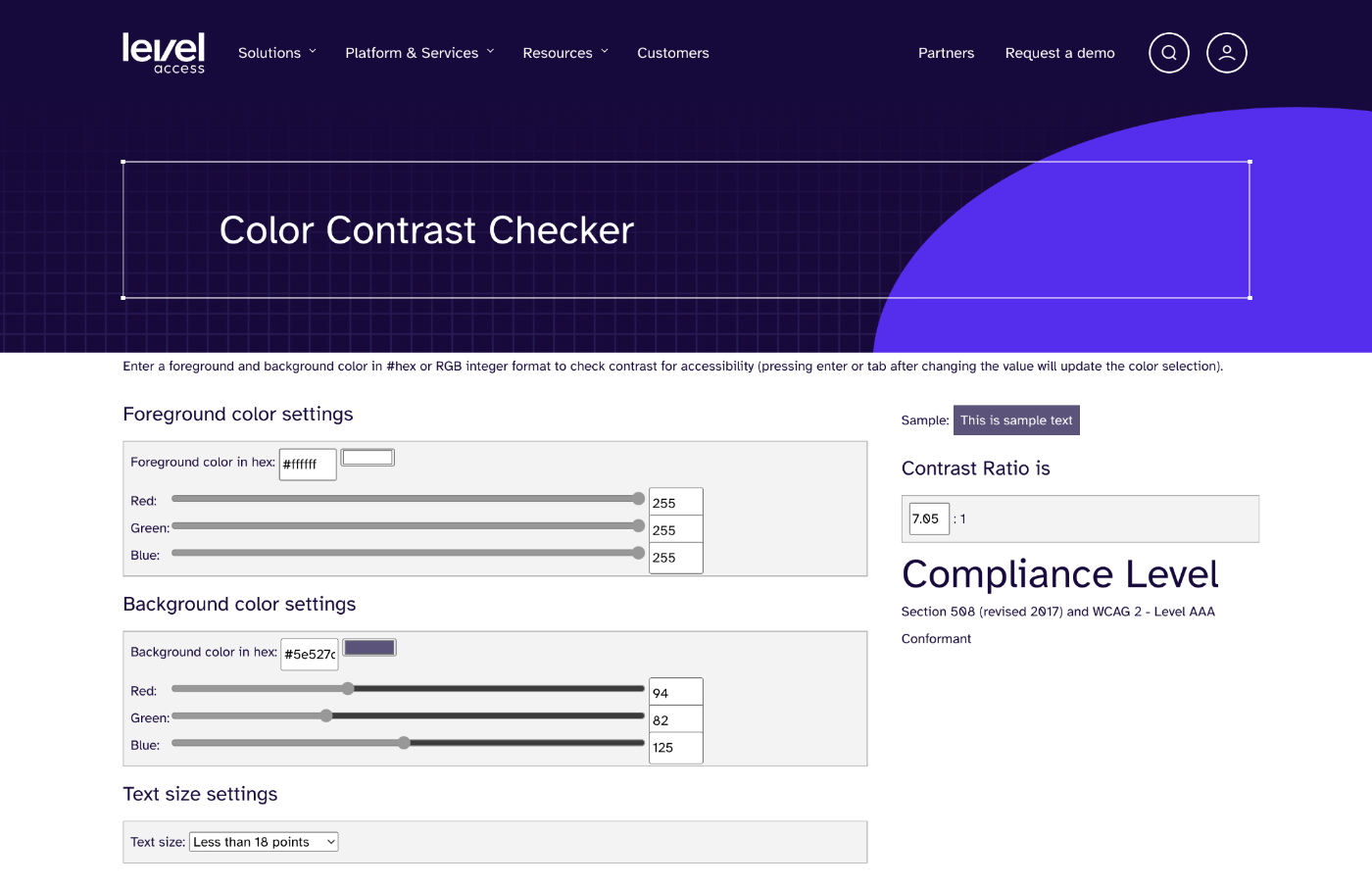
Image Source: WCAG Conformance Color Contrast Checker
These trends reflect a broader shift towards user-centric design, where the needs and preferences of diverse audiences are at the forefront. But did you notice one little trend we didn’t mention? That’s because it’s not a trend–it’s a fundamental gamechanger for the industry, and deserves a section of its own. Here it is…
The Elephant in the Design Studio: AI and Web Design
AI is transforming web design in ways that would have seemed like science fiction just a few years ago. If you had told us back in 2020 that we’d soon have web design AI tools that not only streamline the design process but also tailor every element of a site to the unique needs of each visitor, we would have been pretty skeptical. Yet, this is exactly what AI tools for web design now bring to the table–and more. Much more. These tools can instantly analyze user behavior, offering smart suggestions for layout tweaks that boost engagement and keep visitors on your site longer..
Those tedious tasks like cropping images or optimizing content that drain the life out of your designers? AI handles them with precision, freeing up time for them to focus on creativity and strategy.
For businesses, the benefits are clear: AI doesn’t just make your website more appealing—it makes it more effective. By ensuring your site is accessible, engaging, and tailored to user needs, AI helps convert visitors into loyal customers. And as AI technology advances, its impact on web design will only become more profound, making it an essential tool for any business serious about succeeding online.
The Future of Web Design: Where We Are Headed in 2029
1. The Bread and Butter: AI, AI, and AI
First and foremost: AI is set to be the main evolution in web design and will revolutionize it in ways we can probably not accurately predict right now. It’s only just beginning. Our best guess is that, by 2029, AI-driven tools will not only automate design processes but also enhance the creation of accessible and inclusive digital environments.
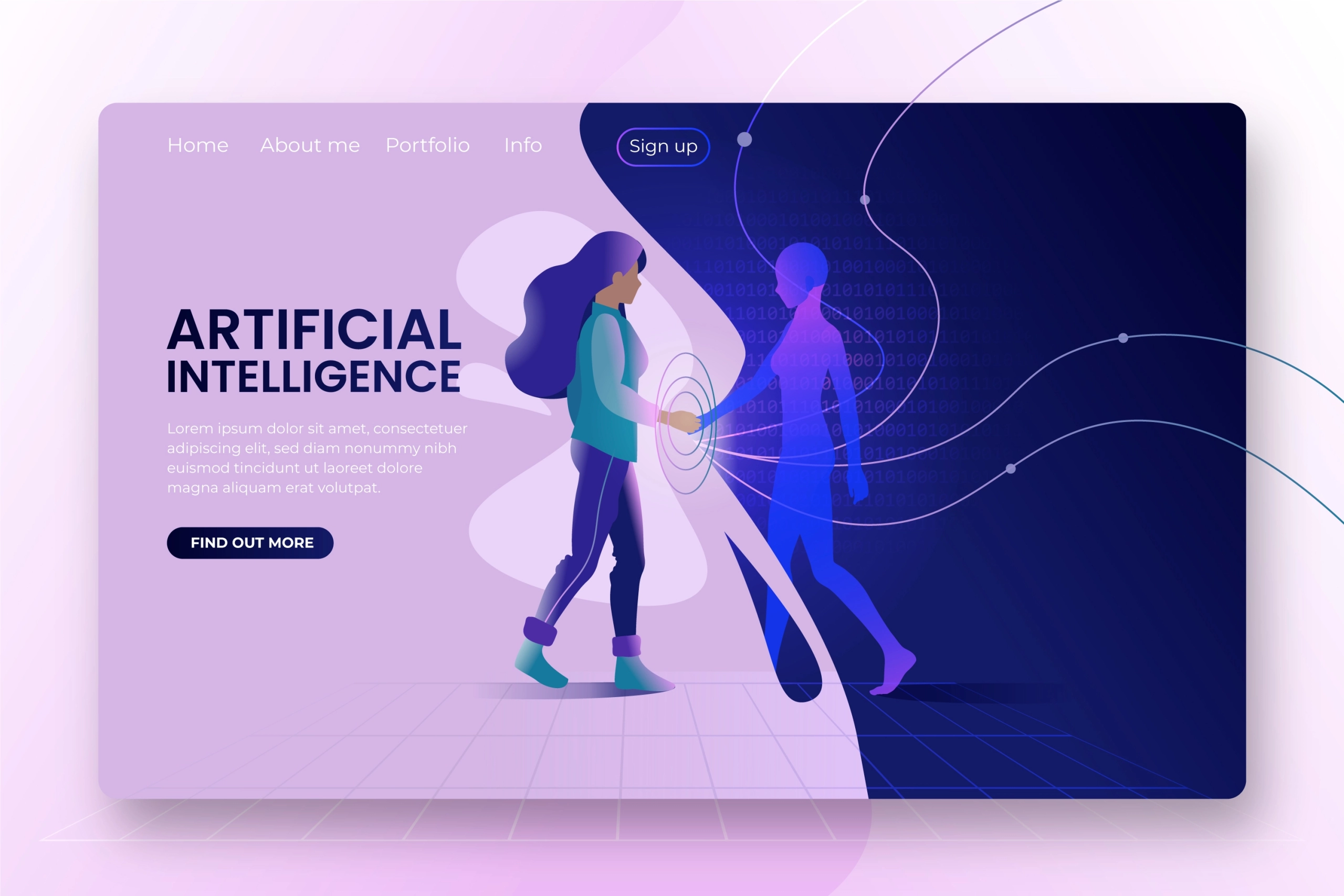
Image Source: https://freepik.com
2. The New Standard: Immersive Experiences
As we look ahead, the future of web design is poised to become even more dynamic and user-focused. By 2029, immersive experiences such as augmented reality (AR) and virtual reality (VR) will likely be mainstream. Imagine browsing an online store where you can virtually try on clothes or explore a 3D model of a product—these are the kinds of experiences that will define the future of web design.
3. The Non-Negotiables: Diversity, Inclusion, and Accessibility
Diversity, inclusion, and accessibility will no longer be optional—they will be essential components of web design. This shift will lead to more personalized web experiences that consider cultural nuances, language preferences, and varying levels of digital literacy.
4. The Simplifier: Self-Service Web Design
With the rise of self-service tools like website builders, more people than ever before can create their own websites. However, this doesn’t signal the end for professional web design. On the contrary, the demand for web designers is predicted to increase by 13% by the end of the decade. (Source: Bureau of Labor Statistics) As self-service tools become more sophisticated, they will handle basic needs, leaving more complex and specialized tasks to professional designers. The future of web design will focus on advanced customization, unique branding, and optimized user experience—all areas where professional expertise is crucial.
The Power of Having a Strong Web Design Agency on Your Side
As we move into an era where web design is more dynamic, inclusive, and AI-driven than ever, staying ahead of these trends is crucial for any brand looking to connect with diverse audiences. At Oak Theory, we are a future-focused agency for web design with diversity, equity, and inclusion at the core of our DNA. We strive to be the best web design agency by specializing in creating digital experiences that resonate with audiences of all backgrounds and abilities, ensuring that your brand not only stands out but also makes a meaningful impact.
Let us help you bridge the gap between innovation and inclusivity, so you can connect with your audience on a deeper level and drive lasting success. Get in touch with us today.


